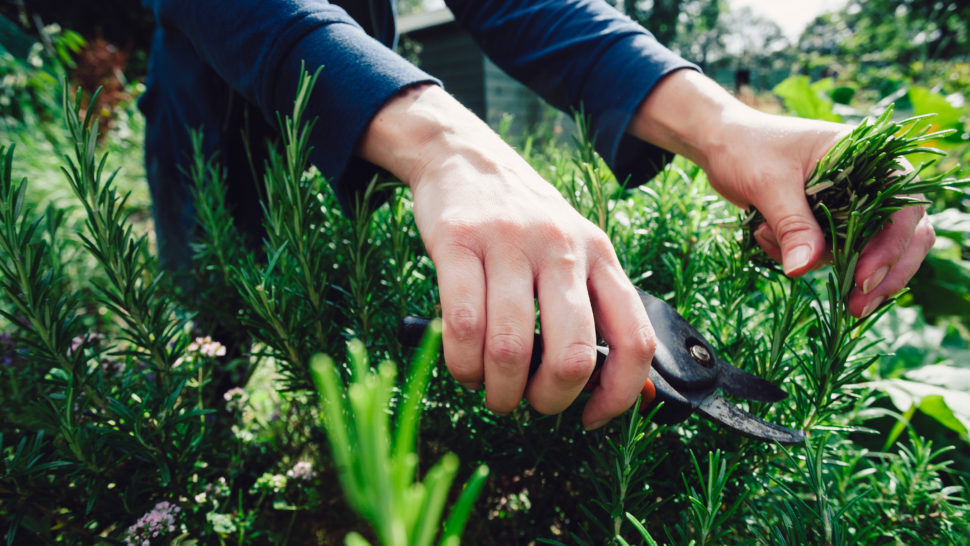How to Practice Sustainable Landscaping


Even though more than 70% of the earth is water, according to the U.S. Geological Survey, less than 4% of that water is fresh, and less than 2% of all fresh water is found in lakes, streams, rain, and aquifers. Unfortunately, excessive water use is depleting that supply.
When people are through using water, they discharge it back into the atmosphere or ground to be reused. However, since our use either displaces it back into the atmosphere or pollutes it, we are constantly seeking fresher, cleaner water. While this practice was sustainable when the earth’s population was smaller, it’s not today.
Homeowners associations can do their part to protect and preserve our fresh water supply by adopting sustainable landscaping practices.
Sustainable landscaping practices include:

Xeriscaping, landscaping that reduces or eliminates the need for supplemental water from irrigation, is often the first thing that comes to mind when considering sustainable landscaping. However, it’s important to remember that xeriscaping is not “zero-scaping.” While the term evokes images of gravel and cactus, it doesn’t have to be boring or barren. It just needs to be well-planned and maintained.
Meanwhile, non-natural ground covers, such as artificial turf of all types, and non-permeable ground covers, such as asphalt and cement or any material that has the potential to cause health problems, should be avoided.
Artificial turf has improved over the years, providing a much more natural look and feel than some earlier versions. However, it tends to absorb and retain heat more than natural ground and vegetation. It also can may contain hazardous chemicals that can get released into the atmosphere.
Irrigation equipment, when necessary, should make use of current technology to allow remote control, groundwater sensing, and other methods to ensure the necessary amount of water is delivered. Systems should be well-maintained and should be adaptable to the latest equipment.
Support should be given to plantings that mitigate potential weather-related issues, such as reducing the ground temperature in hot, dry regions, providing wind and snow breaks where relevant, and minimizing water erosion from beaches, shorelines, and drainage areas.
It’s important to educate homeowners on water-use policies and the simple ways they can reduce their daily consumption. Policies should promote sustainable landscaping practices, provide incentives for reducing domestic water used for landscaping, and offer tighter controls on landscape irrigation. Policies also should state that these rules can be amended in the event of a drought or short supply.
HOAresources.com explores questions and comments from community association members living in condominiums, homeowners associations, and housing cooperatives. We then assemble trusted experts to provide practical solutions to your most commonly asked, timely questions. We never use real names, but we always tackle real issues. Have a question or comment about your community association? Submit here for consideration:
Join CAI’s online community for access to the industry’s most in-demand community association resources.
Thousands of your peers are sharing advice.
Laura Otto is the Senior Editor of Digital Content at CAI. A seasoned journalist, Laura previously worked for a creative, advocacy agency in Washington, D.C., where she wrote and edited content for a variety of public health clients. Prior to that, Laura served as a senior writer and editor for the George Washington University School of Medicine and Health Sciences. Laura is a graduate of Temple University in Philadelphia.